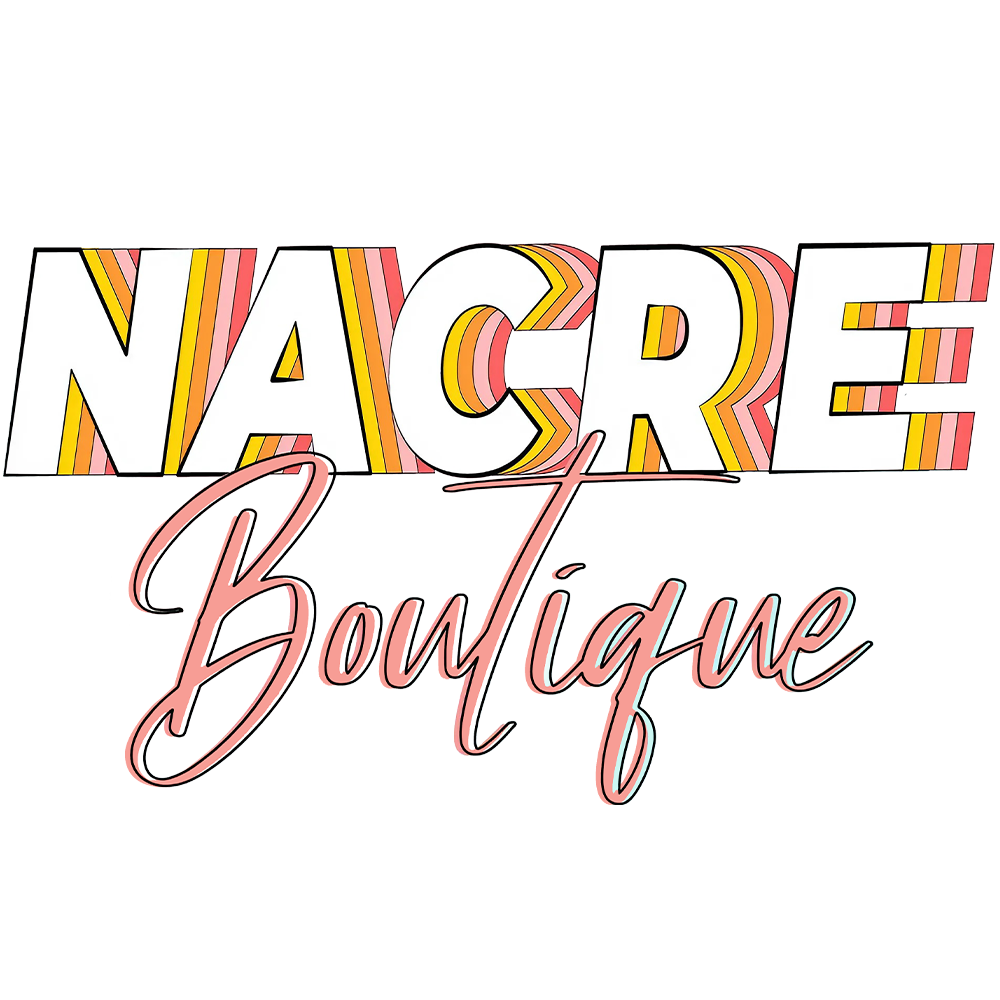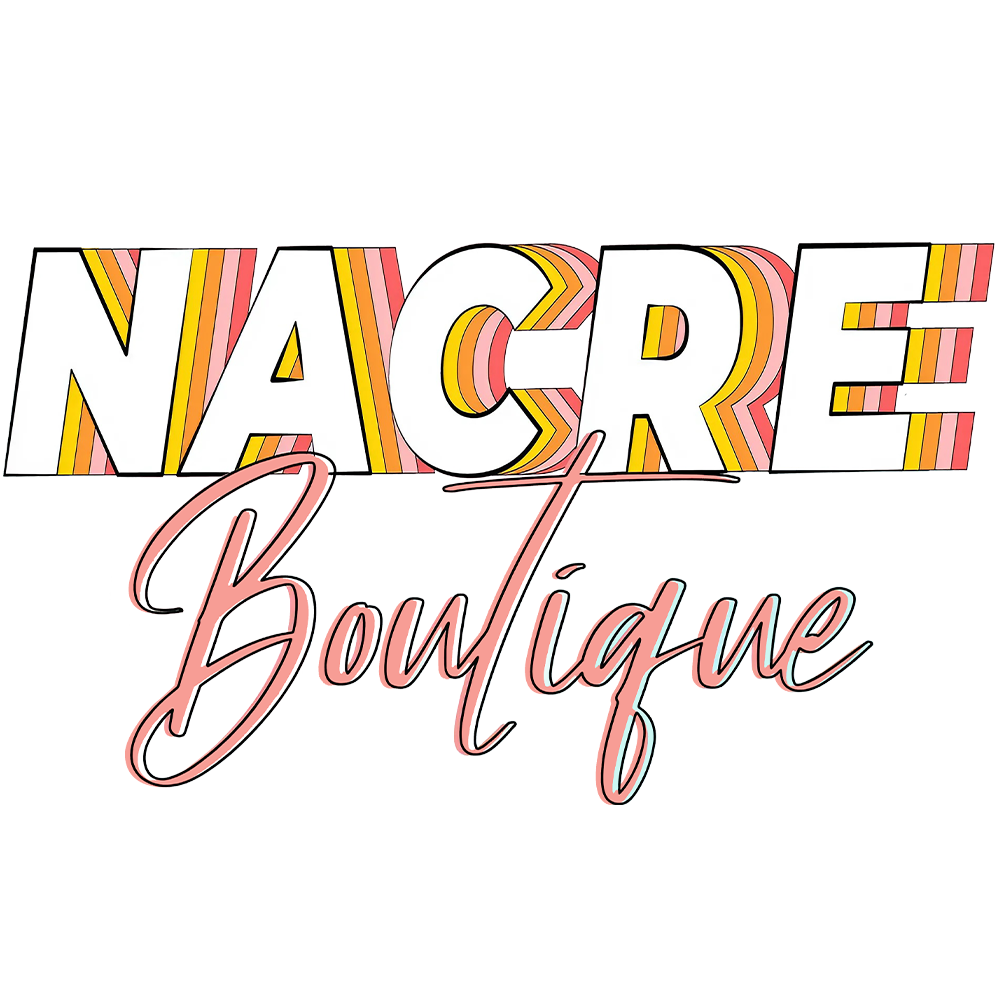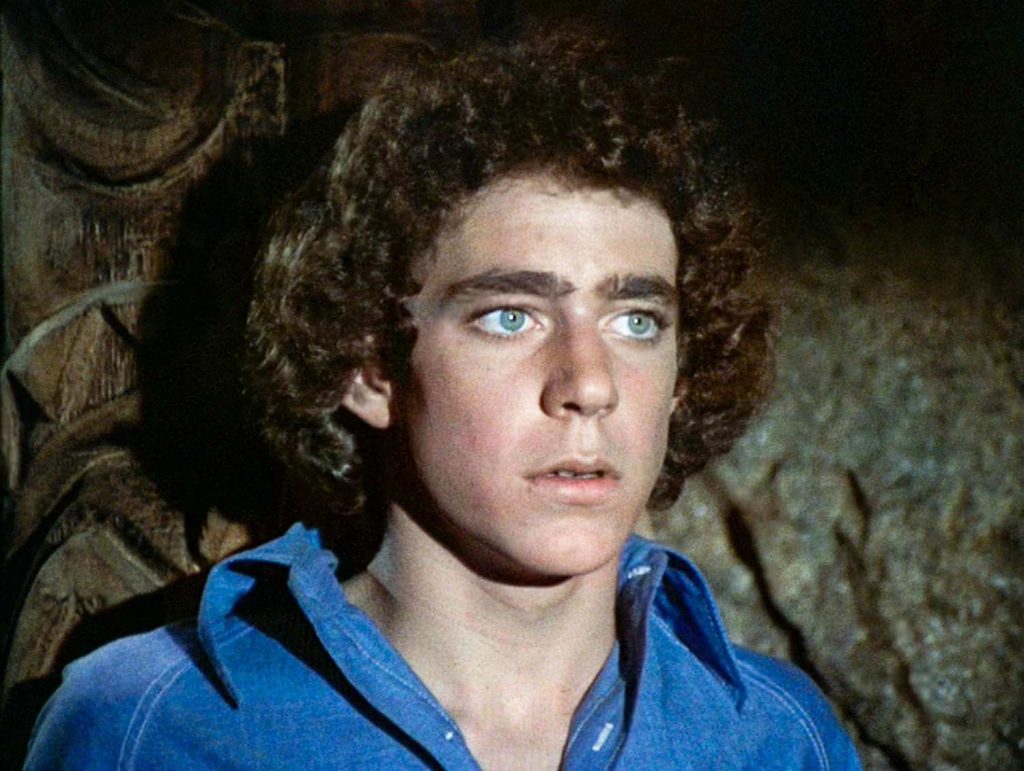World news
The Brady Bunch and Diversity: Barry Williams Reveals the Creators’ Intentions
Introduction
The Brady Bunch remains one of the most iconic sitcoms in television history. Debuting in 1969, the show followed the lives of a blended family, offering wholesome entertainment and showcasing the challenges and joys of family life. While the series has been beloved by generations, it has also been criticized for its lack of diversity, reflecting the predominantly white casting typical of television during that era.
Recently, Barry Williams, who played Greg Brady, revealed that the show’s creators did make efforts to diversify the cast. His comments shed light on the behind-the-scenes discussions that took place and highlight the broader conversation about representation in classic television. In this article, we will explore the historical context of TV diversity, the attempts made by The Brady Bunch creators, the barriers they faced, and how the conversation around representation has evolved over time.
The Landscape of Television in the 1960s and 70s
During the late 1960s and early 70s, American television was predominantly white. While the Civil Rights Movement was bringing about significant social change, representation in mainstream media lagged behind. Most popular sitcoms and dramas featured all-white casts, and when characters of color did appear, they were often relegated to minor or stereotypical roles.
However, there were a few shows that challenged this norm. Julia (1968–1971), starring Diahann Carroll, was one of the first TV series to feature a Black woman in a lead role who was not a domestic worker. Sanford and Son (1972–1977) and Good Times (1974–1979) also provided more representation, but they were categorized as “Black shows,” meaning they catered to specific audiences rather than being part of the mainstream sitcom landscape that The Brady Bunch inhabited.
Against this backdrop, The Brady Bunch was created as a lighthearted family show, focusing on the everyday struggles of a blended family. The show was groundbreaking in its own right by depicting a stepfamily as functional and loving, something not often seen on television at the time. However, its cast remained entirely white, reflecting the broader industry norm.
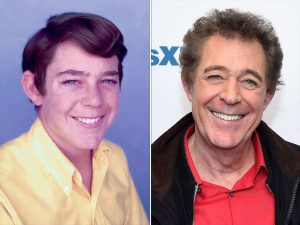
Barry Williams’ Statement: The Effort to Introduce Diversity
Barry Williams recently revealed that the creators of The Brady Bunch, including Sherwood Schwartz, made efforts to introduce diversity into the show. According to Williams, there were discussions about including more non-white characters in meaningful roles, not just as background extras or brief guest stars.
These efforts, however, did not lead to significant changes in the show’s casting. While there were occasional appearances by characters of color in minor roles, the main cast and recurring characters remained entirely white throughout its five-season run. Williams’ statement suggests that there was at least some awareness among the creators that television needed to be more inclusive, but it raises questions about why those efforts ultimately did not materialize in a more impactful way.
One possibility is that network executives and advertisers were hesitant to embrace diverse casting. During that era, many decision-makers in Hollywood feared that integrating television casts could alienate certain audiences, particularly in more conservative parts of the country. Television was largely driven by advertisers, and networks often made decisions based on what would generate the most revenue rather than what was socially progressive.
Challenges to Diversity in Classic TV
While the creators of The Brady Bunch may have wanted to introduce more diversity, there were significant challenges to making it a reality. Some of the key barriers included:
1. Network Hesitation
TV networks in the 1960s and 70s were cautious about introducing diverse characters into mainstream, predominantly white shows. Executives worried that changing the racial composition of a show could lead to backlash from advertisers or viewers in certain regions.
2. Industry Norms and Casting Practices
Hollywood at the time had deeply ingrained biases in casting. Many Black and Latino actors were typecast into specific roles—often servants, comedic relief, or background extras. Casting a person of color in a lead role on a mainstream family sitcom was still considered risky.
3. Fear of “Political” Controversy
While the Civil Rights Movement was making headlines, many television executives wanted to avoid engaging in political or social issues. Keeping The Brady Bunch as a lighthearted, conflict-free show meant that introducing characters from different racial backgrounds might have been seen as too “politically charged.”
4.Lack of Advocacy from Within the Industry
Unlike today, where diversity initiatives are actively championed by advocacy groups and industry leaders, the 1970s had fewer organized efforts pushing for on-screen representation. While there were activists fighting for change, the industry as a whole was slow to respond.
Despite these challenges, Barry Williams’ statement suggests that at least some discussions were happening behind the scenes. While these discussions didn’t lead to major changes on The Brady Bunch, they were part of a larger, gradual movement toward more inclusive television.
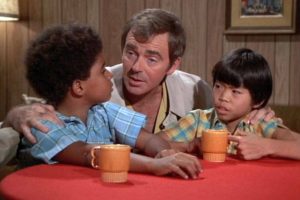
How Representation in Television Has Evolved
In the decades since The Brady Bunch, television has made significant strides in representation. Shows like The Cosby Show (1984–1992) proved that mainstream audiences would embrace a diverse cast. Fresh Prince of Bel-Air, Family Matters, and Moesha followed in the 90s, further integrating non-white families into the sitcom landscape.
More recently, representation has expanded beyond just Black and white characters. Shows like Jane the Virgin and One Day at a Time have centered Latino families, while Fresh Off the Boat brought an Asian-American family into the sitcom mainstream. Additionally, modern reboots of older shows, such as The Wonder Years and Bel-Air, have reimagined classic stories with more diverse casting.
This shift has been driven by changing audience expectations, as well as increased advocacy from actors, creators, and organizations pushing for more authentic storytelling. Unlike in the 1970s, today’s television industry recognizes that diversity is not just important—it’s essential for reflecting the real world.
While The Brady Bunch did not succeed in its efforts to introduce more diverse characters, the fact that these conversations were happening behind the scenes shows that there was at least some awareness of the issue. If the show were created today, it would almost certainly feature a more inclusive cast.
National Football Conference Champions 2024-2025 Philadelphia Eagles Signature Unisex T-Shirt
The Legacy of The Brady Bunch and Lessons for Today
Despite its lack of diversity, The Brady Bunch remains an influential part of television history. Its depiction of a blended family helped normalize stepfamilies at a time when divorce rates were rising, and its wholesome themes made it a timeless classic. However, Barry Williams’ revelation adds another layer to its legacy—one that acknowledges both the progress and the limitations of television at the time.
For modern audiences, the conversation about diversity in The Brady Bunch serves as a reminder that representation matters. The fact that the show’s creators even considered adding diversity suggests that the push for inclusion has been ongoing for decades, even if change was slow to materialize.
Today’s television landscape is far more inclusive than it was in the 1970s, but there is still work to be done. Conversations about representation continue, and Hollywood continues to grapple with how to ensure that all communities see themselves reflected on screen.
As we look back on The Brady Bunch, we can appreciate its contributions to television history while also acknowledging that it was a product of its time. Thanks to voices like Barry Williams speaking out, we can better understand the challenges of the past and use that knowledge to create a more inclusive future for television.
Los Angeles Lakers Legend Signature Thank You For The Memories Unisex T-Shirt
From nacreboutique
